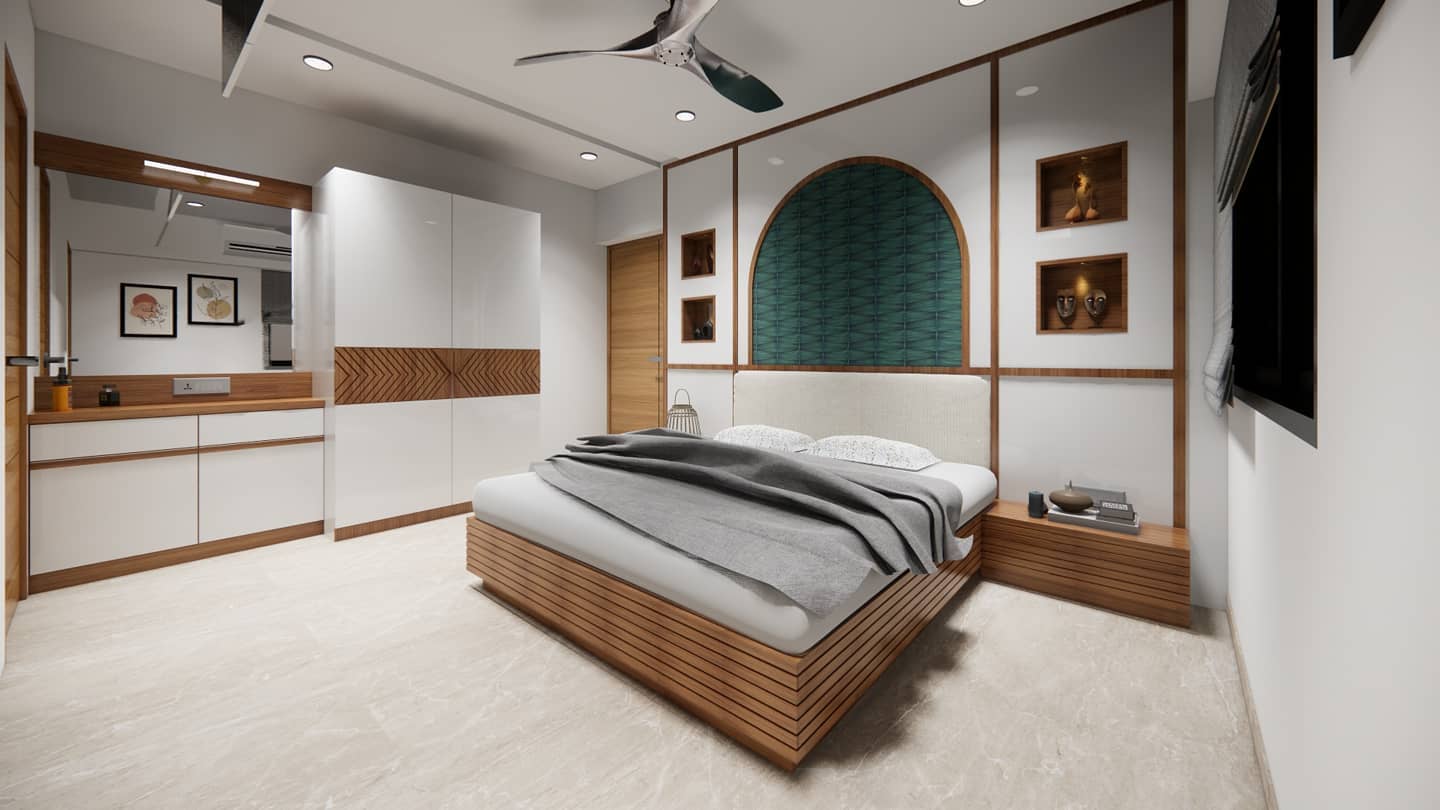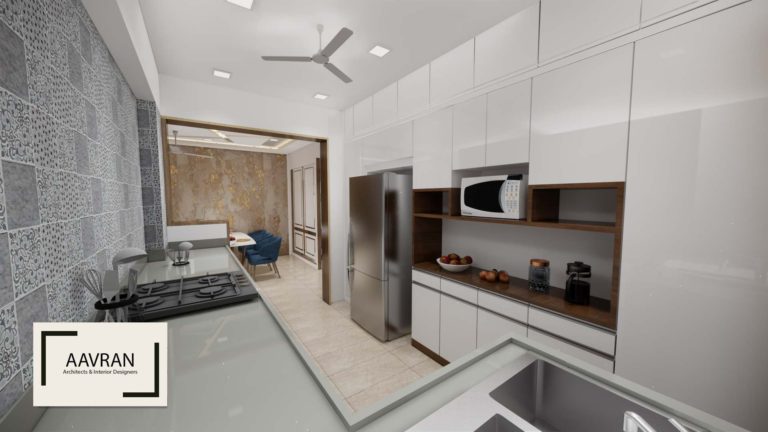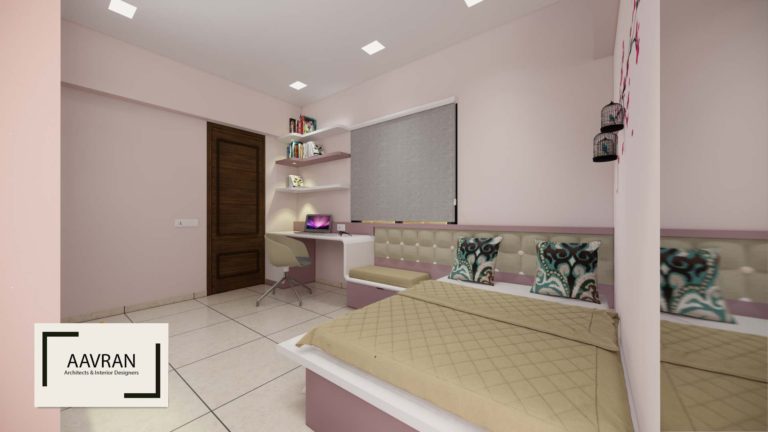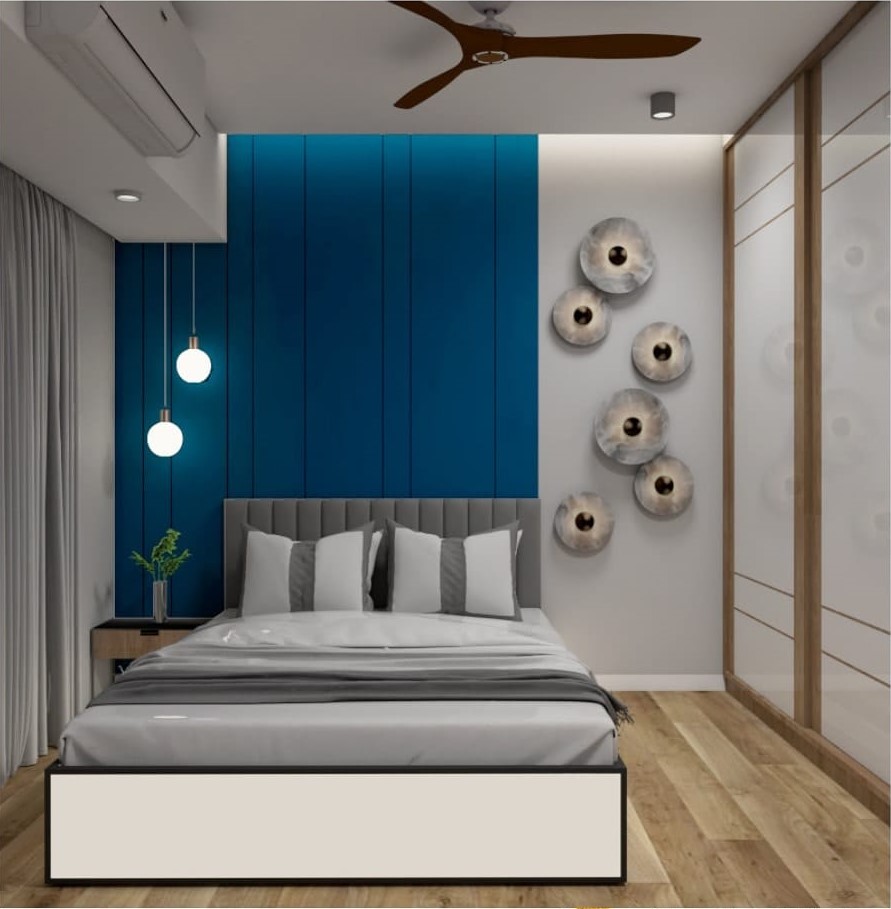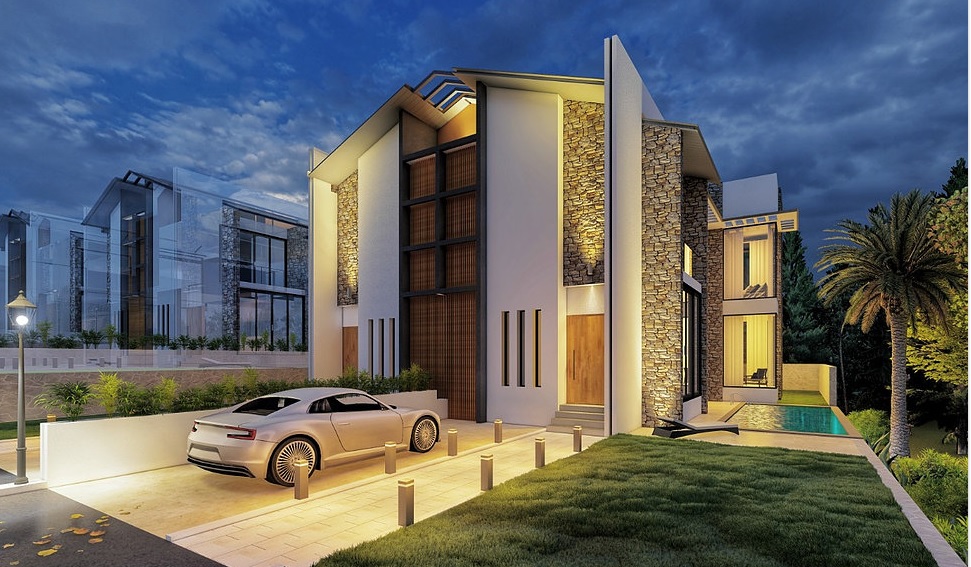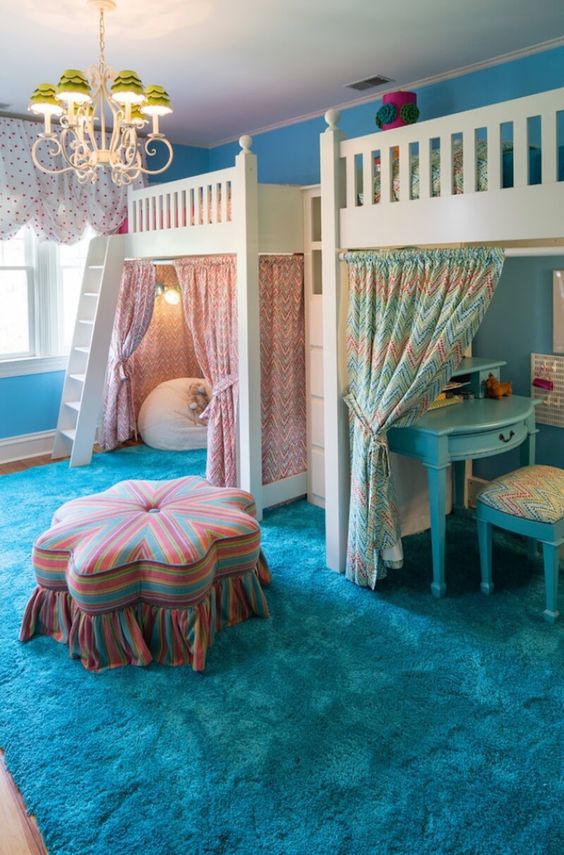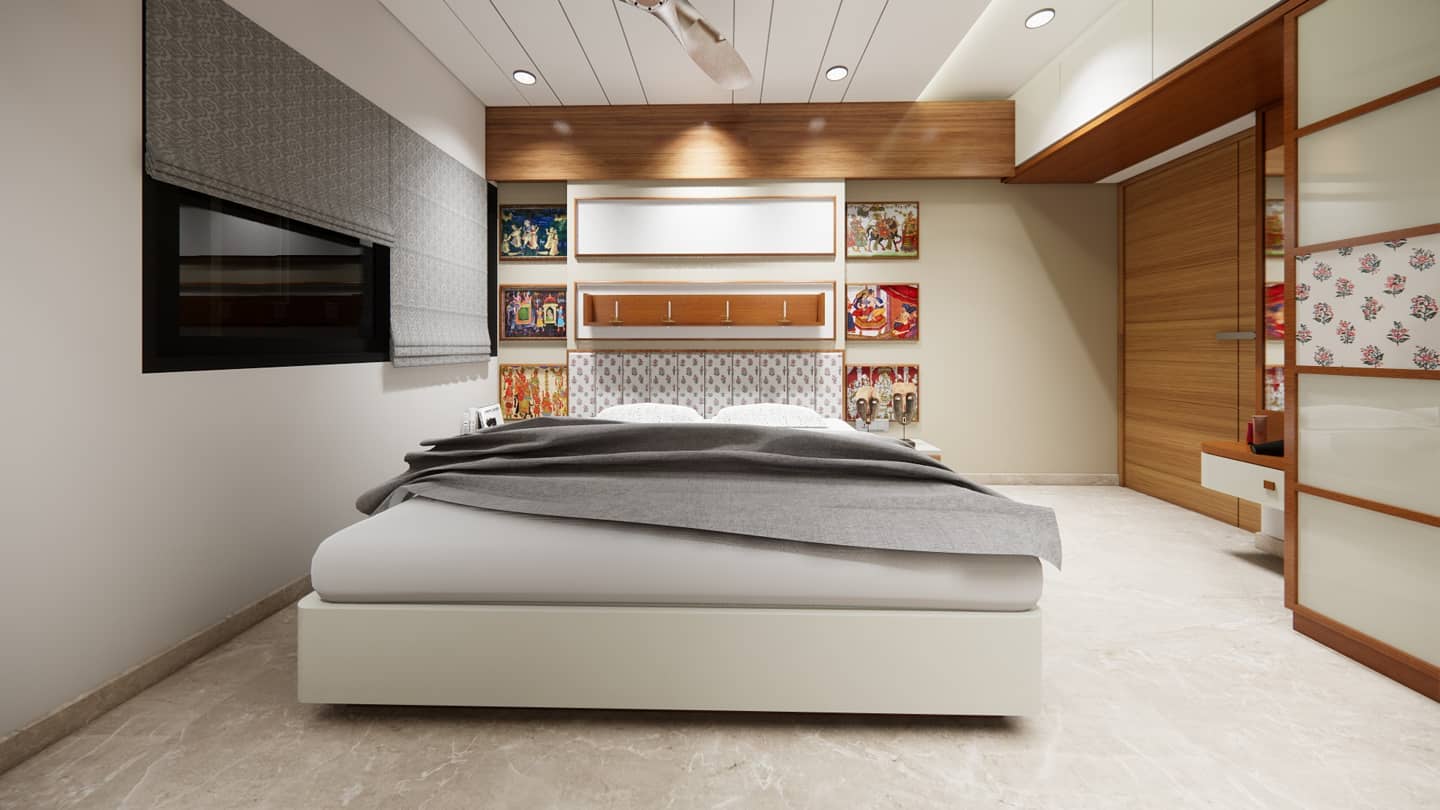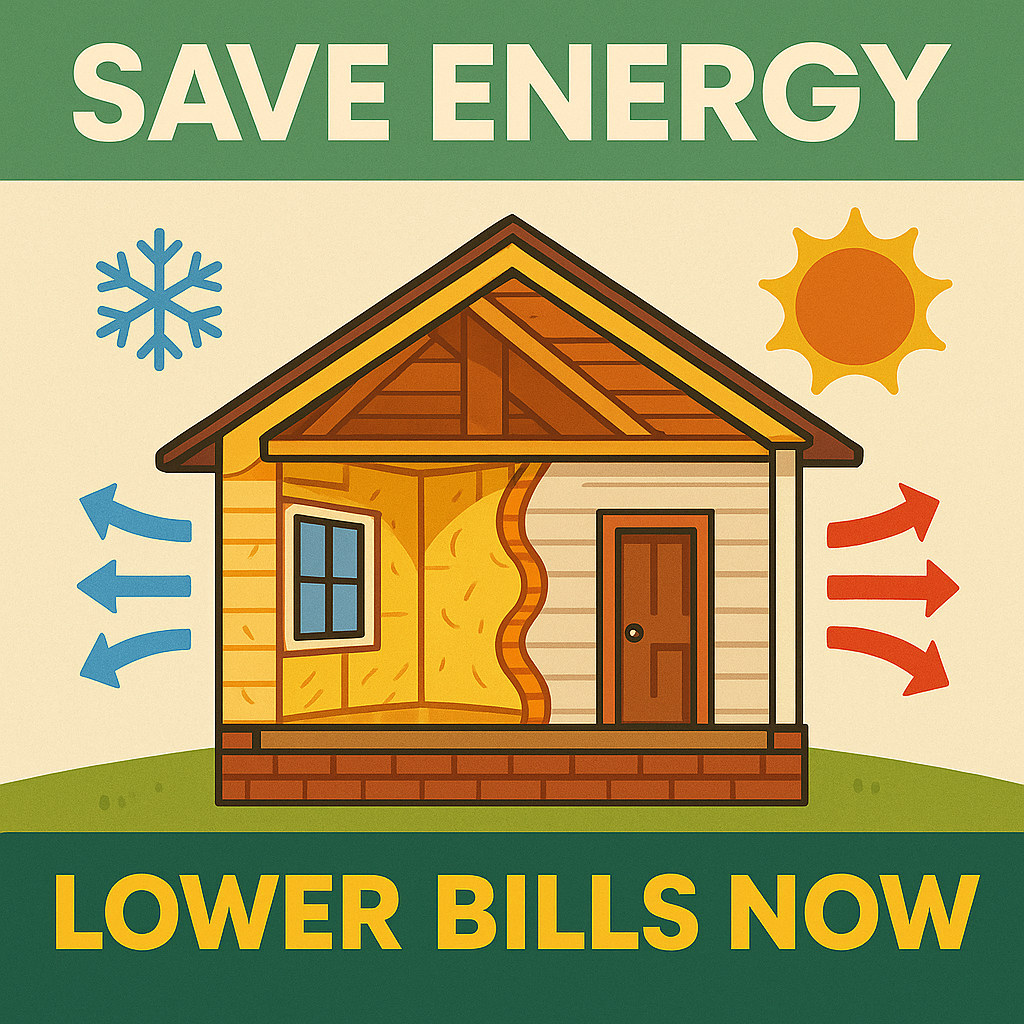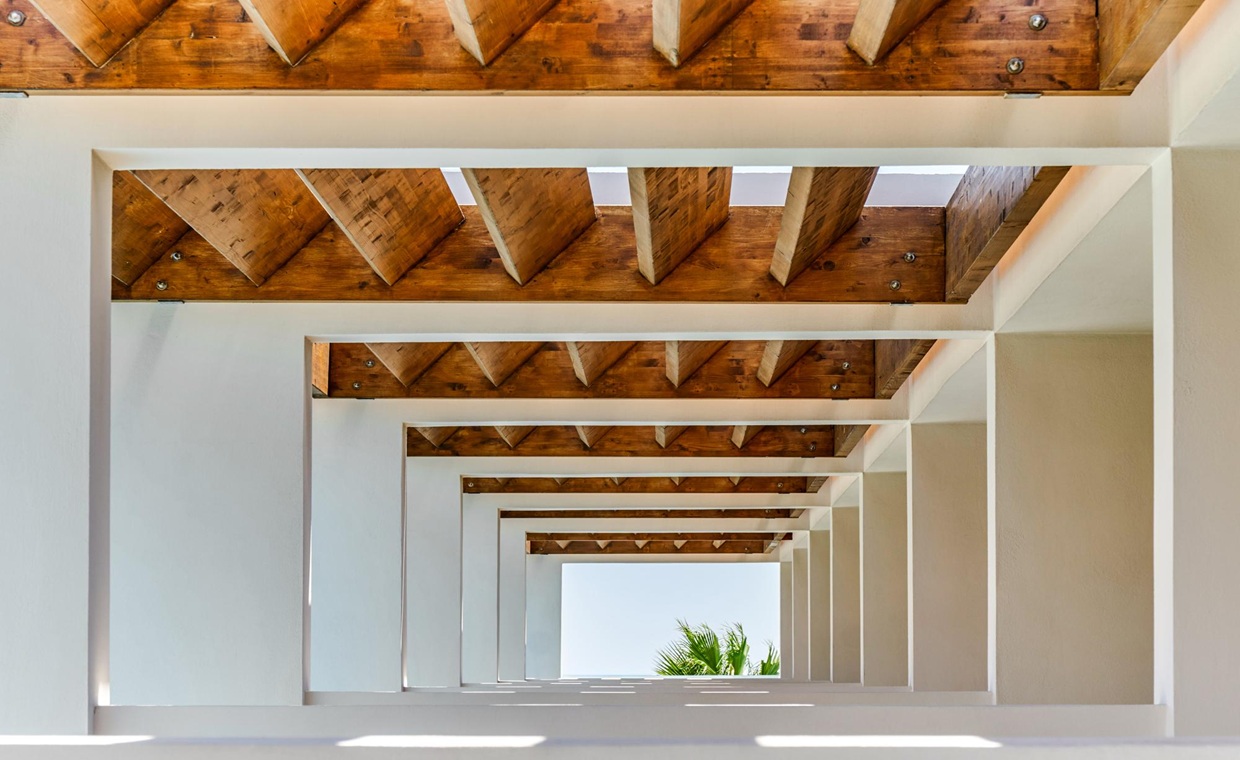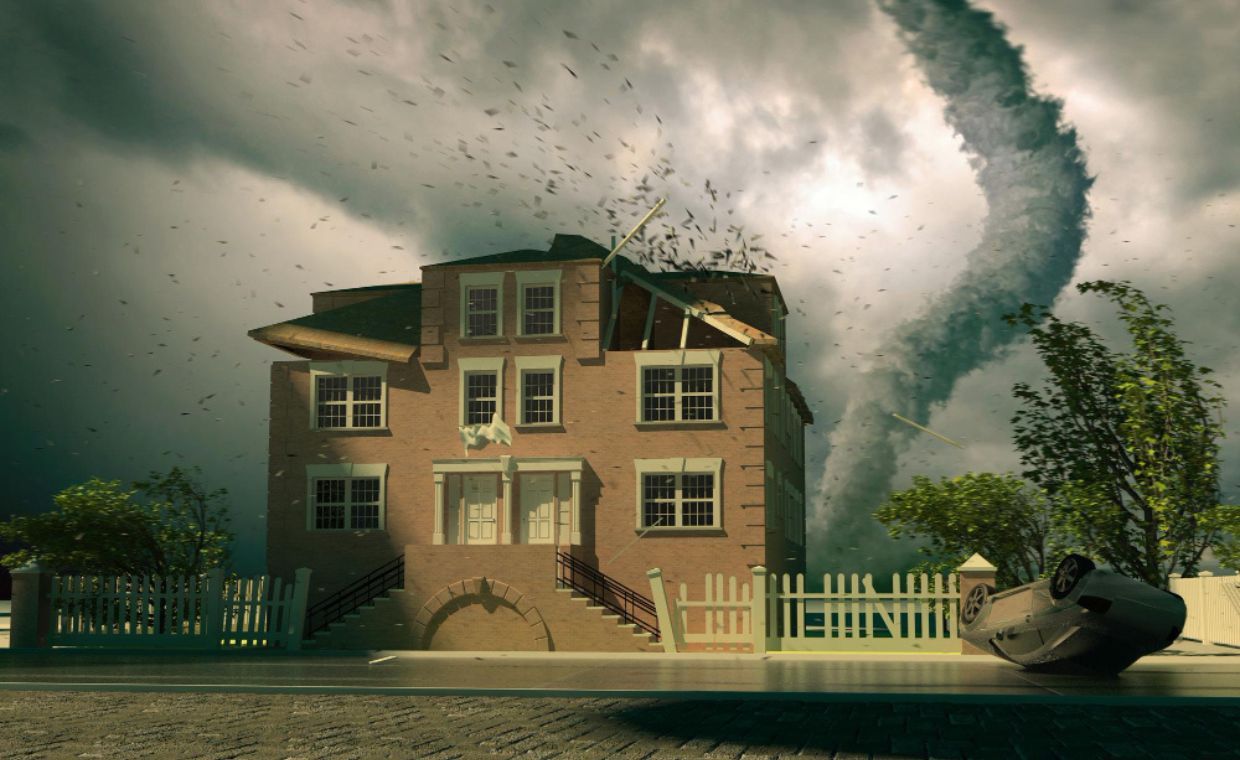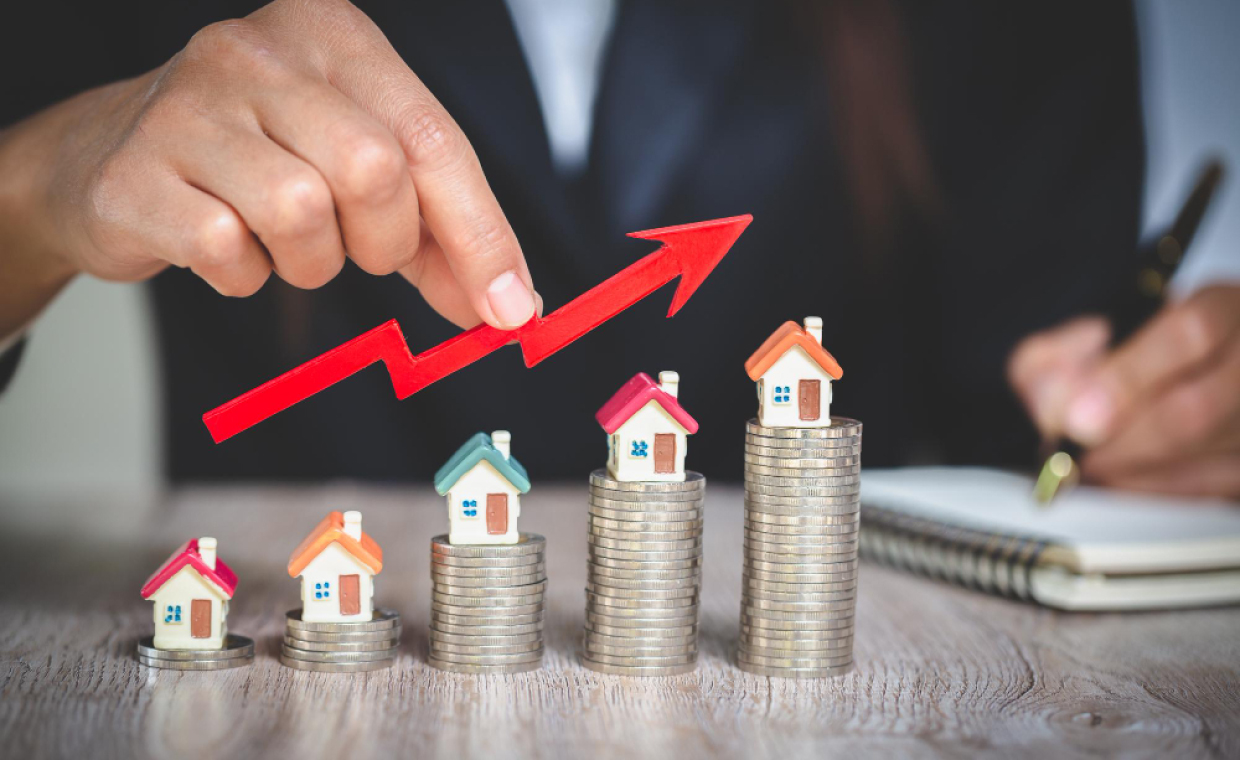
Table of Contents
Quick Overview
Here is the quick summary of ThermoWood cladding:
- ThermoWood is heat-treated softwood modified at 160 to 215°C in an oxygen-free environment.
- This process enhances durability, reduces moisture absorption, and improves dimensional stability.
- It is resistant to decay, fungi, and insects due to removal of wood sugars.
- Retains a rich golden-brown colour that weathers to silver-grey unless treated with UV oil.
- It has long lifespan approximately 30 to 50 years, fully recyclable, and sourced from sustainable forests.
- It is easy to install with minimal movement and reduced maintenance needs.
- Used for cladding, facades, decking, pergolas, and furniture in sustainable architectural design.
In an era where energy performance and sustainability drive design decisions, materials must deliver more than aesthetics – they must perform. Timber has long been admired for its warmth and character, but traditional wood can struggle with durability in challenging climates. The solution lies in thermal modification. ThermoWood cladding combines natural beauty with scientific innovation, offering a stable, eco-friendly exterior finish for modern architecture.
What is ThermoWood?
ThermoWood is produced by heating softwood, usually pine or spruce, to temperatures between 160°C and 215°C in a controlled, oxygen-free environment. This process permanently alters the wood’s chemical structure, reducing moisture absorption and improving dimensional stability. The result is a material that looks like natural timber but behaves more like a composite – durable, lightweight, and highly resistant to decay.
Performance Benefits

The modification process changes the cellular composition of the wood, effectively caramelising it. The sugars that typically attract fungi and insects are removed, giving ThermoWood natural resistance to rot and decay. It expands and contracts less than untreated timber, which means boards stay straight and tight-fitting even through seasonal temperature swings.
These properties make ThermoWood ideal for facades, garden buildings, and rainscreen systems. Its stability ensures a clean, consistent appearance, while its lightweight nature simplifies installation. Unlike pressure-treated wood, ThermoWood contains no chemicals, making it safe for handling and fully recyclable at end of life.
Aesthetics and Texture
One of ThermoWood’s main appeals is its colour and grain. The heat treatment gives the boards a rich, golden-brown tone that deepens with exposure to sunlight. The texture remains smooth and uniform, allowing for crisp, modern detailing. Over time, untreated ThermoWood weathers naturally to a soft silver-grey, giving facades a sophisticated, organic finish.
For those who prefer to maintain the warm tone, a UV-protective oil can be applied. This slows down weathering and highlights the natural variation in grain. Many architects appreciate the contrast between freshly oiled surfaces and their eventual silvery patina; it reflects how buildings age gracefully with their environment.
Sustainability Advantages of ThermoWood Cladding
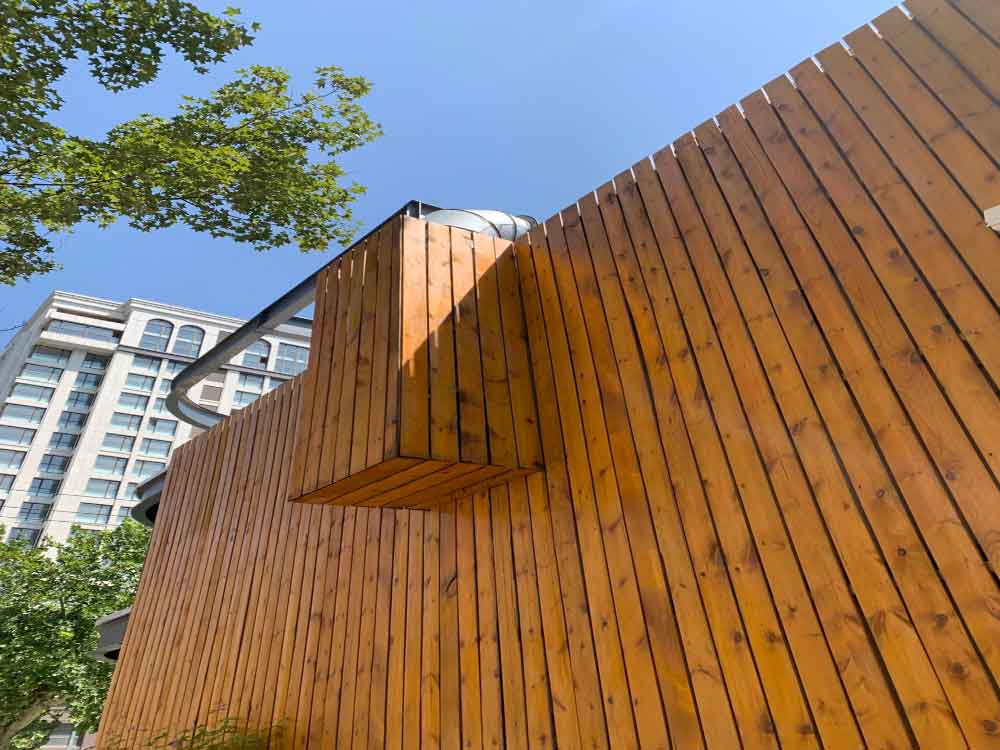
ThermoWood represents one of the cleanest timber-processing methods available. Because the modification relies on heat and steam alone – no preservatives, resins, or heavy metals – it leaves a minimal environmental footprint. The timber is sourced from sustainably managed forests, ensuring the entire process supports circular, low-carbon design principles.
Its long service life reduces the need for frequent replacements, which further cuts embodied energy. When combined with proper detailing, ThermoWood facades can easily last 30 to 50 years, rivalling metal or composite panels while maintaining renewable credentials.
Installation and Detailing
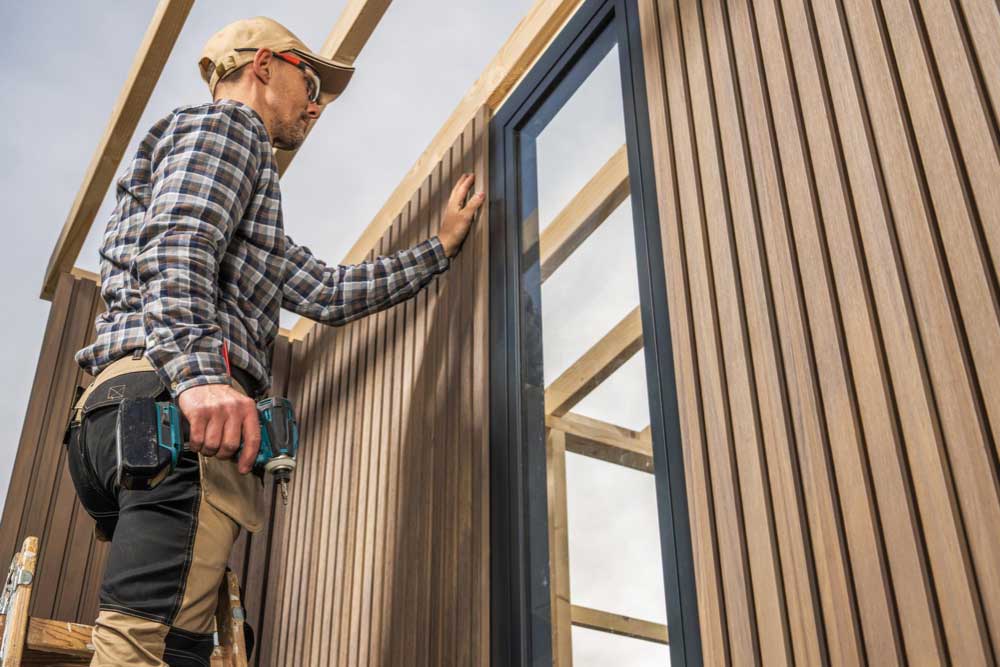
ThermoWood cladding installs much like standard timber. Vertical battens fixed at 400 mm centres provide the substructure and ventilation cavity. The boards should be fixed using stainless-steel screws or hidden clips to prevent corrosion. Joints should allow small expansion gaps, though movement is minimal compared to untreated wood.
Because ThermoWood is thermally modified, it absorbs less moisture – meaning coatings last longer, and maintenance cycles are extended. For architects, this translates to lower life-cycle costs and a reliable finish that retains its form and texture over time.
Applications in Architecture
The versatility of ThermoWood suits both residential and commercial projects. It’s frequently used for facades, soffits, pergolas, and garden rooms, bringing warmth and tactility to modern minimalist designs. It pairs effortlessly with glass, concrete, and steel, adding a natural balance to contemporary materials.
Luxewood India is the biggest manufacturer and supplier of ThermoWood in India, which brings a touch of sophistication and essence of nature to the indoor and outdoor of your home. As India moves towards a greener future, ThermoWood is leading the way for creating stylish and environmentally friendly spaces. It is used in flooring, decking, pergolas, wall panels, and furniture due to good weather resistance.
Across northern Europe and the UK, ThermoWood is becoming a standard for eco-conscious building. Its proven track record in extreme weather conditions, from humid coastal areas to alpine regions, demonstrates its resilience and long-term performance.
Why ThermoWood Stands Out
Architects increasingly value materials that combine beauty, performance, and environmental responsibility. ThermoWood Cladding meets all three criteria. It represents a new generation of timber products – engineered by nature, enhanced by science, and suited for the future of sustainable design.
Available through Timber Cladding Specialists, who provide precision-milled, factory-finished ThermoWood profiles designed for high-quality architectural applications across the UK.
Also Read: Best Facade Cladding Materials for Your Home Exteriors
FAQs on ThermoWood Cladding
01. Why Choose Thermowood Over Regular Timber?
ThermoWood is more resistant to rot, insects, and weather, with less warping and swelling than untreated wood, making it ideal for outdoor use.
02. How Long Does Thermowood Cladding Last?
ThermoWood cladding can lasts upto 25 to 30 years or more with proper installation and maintenance.
03. Why is it Popular for Exterior Use?
Its ability to endure outdoor conditions, retain shape, resist rot, and offer a long lasting, natural look makes ThermoWood especially desirable for exterior cladding, decking, and other outdoor structures.




